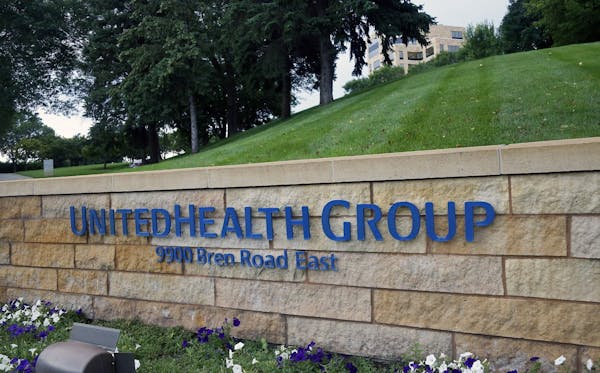Sixty-one more COVID-19 deaths and 5,371 new lab-confirmed infections were reported in Minnesota on Friday, which health officials believe is the starting point for any observable impact of Thanksgiving gatherings on viral spread in the state.
The update from the Minnesota Department of Health brings the state's totals in the pandemic to 3,845 deaths and 338,973 infections with the novel coronavirus that causes COVID-19.
Key indicators of the course of the pandemic suggest a dip in the fall surge of COVID-19. The number of Minnesota intensive care beds filled with COVID-19 patients has dropped from 394 on Nov. 30 to 367 — though that remains well above the tally of 197 on Nov. 1.
The positivity rate of diagnostic testing has dropped as well, suggesting that the pace of viral transmission is slowing across Minnesota — which nonetheless ranks behind only South Dakota for the nation's highest new infection rate.
Viral transmission at Thanksgiving celebrations last week could have disrupted progress, though, and might begin to show up in the latest data.
The lag between infection and first symptoms of COVID-19 can be at least five days, and then it can take another day or two for people to seek testing and get results back, said Dr. George Morris, who is leading CentraCare's COVID-19 response.
"This is now the time where we will see the effect of people gathering together or people traveling between states or shopping," Morris said.
Minnesota is concluding the second of a four-week emergency order by Gov. Tim Walz that closed bars, restaurants, entertainment venues and fitness centers, and limited gatherings to immediate household members only. While it did not restrict shopping — because there is limited evidence that the virus has spread widely in stores — Morris said a crush of Black Friday shoppers could have presented an entirely different level of risk.
Symptoms can take 14 days to emerge after viral exposure, so data over the next week could indicate the initial impact of the holidays as well.
Uncertainty over the Thanksgiving impact has made it difficult for hospitals to plan ahead and anticipate the number of surgeries they can schedule in the next couple of weeks and the number of beds to staff with nurses.
Chief medical informatics officers with Minnesota's eight largest health systems have been meeting weekly to update a statistical model they use to predict upcoming hospital needs during the pandemic. At the last meeting, they were digging through media accounts about how many people traveled or gathered in large groups despite any COVID-19 restrictions.
"You don't know; we're not in everybody's houses," said Dr. Karyn Baum, vice president of system clinical operations for M Health Fairview. "What we did was take a look at some of the few pieces [of data]. Actually, there were polls out there. I think Newsweek did a poll."
Deaths from COVID-19 remain more common among people 70 and older and residents of long-term care facilities — who suffered 36 of the fatalities reported on Friday. The figures included one death of a Martin County resident in the 45 to 49 age range, though.
State health officials have worried about a "twindemic" of COVID-19 combined with seasonal influenza. The latest data released Thursday by the Minnesota Department of Health, though, shows a slow start to the flu season that could be inhibited by the same mask-wearing and social distancing that is recommended to slow the spread of COVID-19.
The state reported only 15 flu-related hospitalizations through Nov. 28, zero deaths and three outbreaks of influenza-like illness in schools. Only .7% of outpatient visits to reporting clinics involved patients with influenza-like illness, compared with roughly 4% at this time last year.
Minnesota also had reported more than 50 flu-related hospitalizations at this point in the season last year.
Jeremy Olson • 612-673-7744

Minnesota State Patrol celebrates diverse new class of troopers

Records: Former Minneapolis police oversight head disparaged women, threatened staff
Video goes viral of man enduring 'shocking' chain whipping on downtown St. Paul street
Minnesota sales, clean-ups and other events to celebrate Earth Day and Arbor Day

